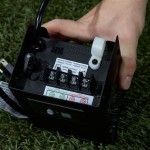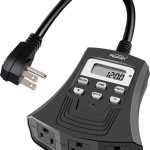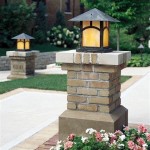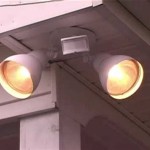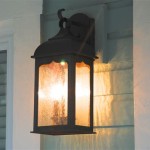Photography Lighting Equipment for Outdoor Shoots
Outdoor photography offers a wealth of natural light, but mastering the art of harnessing it effectively can be challenging. The sun’s position, weather conditions, and the time of day all play a significant role in shaping the quality and direction of light. To achieve a desired look and overcome the limitations of natural light, photographers often rely on supplemental lighting equipment. This article will explore various types of outdoor photography lighting equipment and their applications, providing insights into their advantages and limitations.
Flash Units
Flash units, also known as speedlights, are compact and portable devices that emit a burst of artificial light. They are a versatile option for both fill-in flash and creative lighting effects.
Advantages:
- Portability: Flash units are lightweight and easy to carry, making them ideal for on-the-go photographers.
- Fast Recycle Times: Modern flash units boast rapid recycle times, allowing for quick bursts of light between shots.
- Control Over Light: Flash units offer a range of power settings and modifiers, giving photographers fine-grained control over the intensity and direction of light.
Disadvantages:
- Limited Power: Flash units have a limited output compared to studio strobes.
- Short Battery Life: Flash units rely on batteries, which can drain quickly during extended shooting sessions.
- Potential for Harsh Shadows: Flash units can produce harsh shadows if not used carefully.
Continuous Lighting
Continuous lighting, also known as constant light, offers a steady source of light that can be seen by the photographer and subject during the shooting process. This type of lighting is often used in video production but is also gaining popularity in still photography.
Advantages:
- Real-Time Light Perception: Continuous lighting allows photographers to see the effects of light on their subject in real-time, facilitating adjustments and creative decisions.
- Natural Look: Continuous lighting can create a more natural look compared to flash units, especially when used at low power levels.
- Versatility: Continuous lighting devices come in various forms, from compact LED panels to powerful studio lights, offering a wide range of options for different needs.
Disadvantages:
- Power Consumption: Continuous lighting typically requires a constant power source, either through batteries or AC power outlets.
- Heat Generation: Some continuous lighting devices, especially high-power units, can produce significant heat, which may be a concern in certain situations.
- Potential for Overexposure: Continuous lighting can be more challenging to control compared to flash units, increasing the risk of overexposure.
Reflectors
Reflectors are simple yet effective tools that can be used to redirect and modify natural light. They are available in a variety of sizes and materials, each with its own unique reflective properties.
Advantages:
- Portability: Reflectors are lightweight and foldable, making them easy to transport and use on location.
- Cost-Effective: Reflectors are relatively inexpensive compared to other lighting equipment.
- Versatility: Reflectors can be used to brighten shadows, soften harsh light, or create dramatic lighting effects.
Disadvantages:
- Limited Control: Reflectors offer limited control over the intensity and direction of light.
- Weather Dependency: Reflectors are susceptible to wind and other weather conditions.
Diffusers
Diffusers are designed to scatter and soften light, reducing harshness and creating a more flattering effect. They can be used to soften direct sunlight or modify artificial light sources.
Advantages:
- Softens Light: Diffusers eliminate harsh shadows and produce a more pleasing, even light.
- Easy to Use: Diffusers are relatively simple to set up and use.
- Versatile: Diffusers are available in various sizes and materials, allowing photographers to choose the right one for their needs.
Disadvantages:
- Reduces Light Intensity: Diffusers decrease the amount of light passing through them, which may require longer shutter speeds or increased ISO.
- Can Be Bulky: Some diffusers, such as large softboxes, can be bulky and difficult to transport.
Other Lighting Accessories
In addition to the primary types of lighting equipment, several other accessories can enhance outdoor photography lighting:
- Gels: Colored gels can be placed over light sources to modify the color temperature or create creative effects.
- Snoots: Snoots are cone-shaped attachments that focus light into a narrow beam, creating dramatic spotlight effects.
- Barndoors: Barndoors are adjustable flaps that control the spread of light, allowing photographers to shape the light beam.

8 Invaluable Tools For Outdoor Photographers On A Sunny Day B H Explora

Photography And Lighting Equipment For Bloggers Sarah Hearts

Lighting For Outdoor Photo And B H Explora

Lighting For Outdoor Photo And B H Explora

Buy Whole China Outdoor Photography Lighting Equipment With Compact Structure Photo Studio Kits Global Sources

Lighting Outdoor Photography Setup Portrait Studio

18 Types Of Photography Lighting Equipment You Need To Know

Portable Lighting Kits For Wedding And Event Photography B H Explora

Atls Photography Equipment Storage Light Diy

Recommended Lighting Kits For Photography B H Explora
Related Posts
